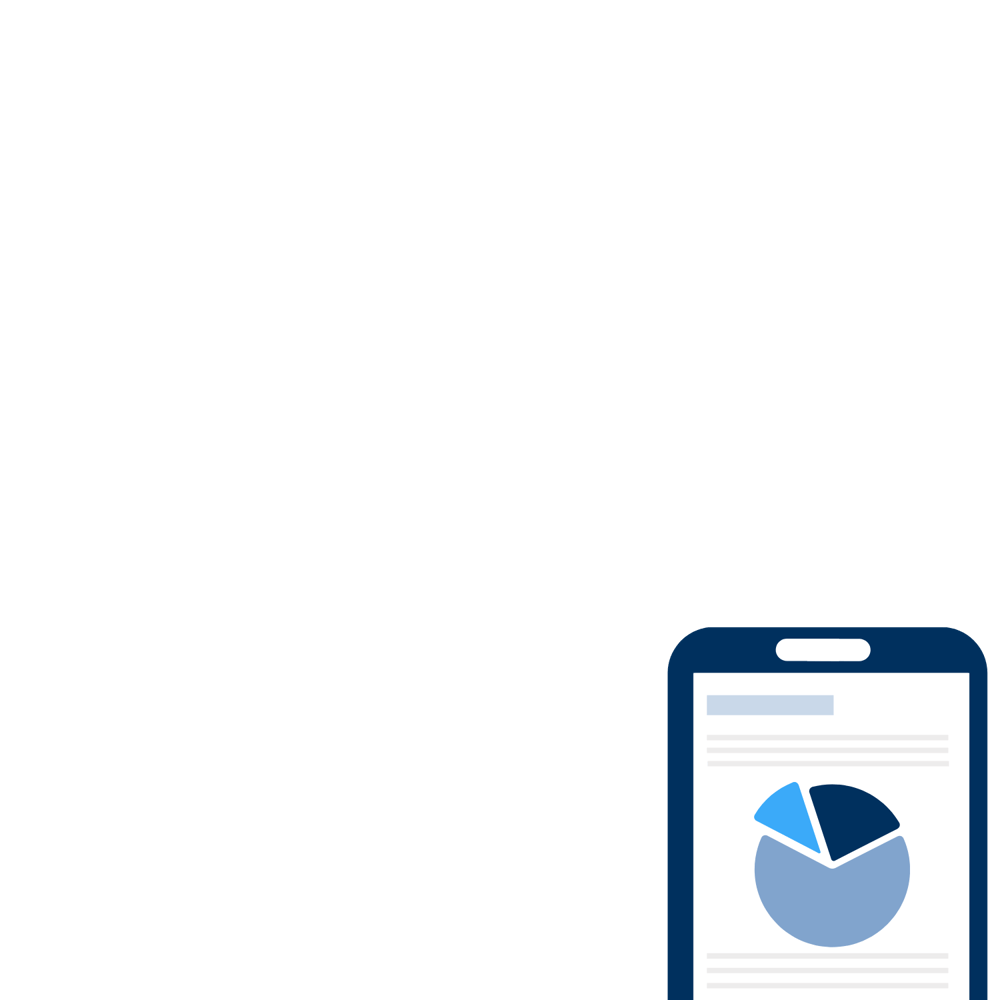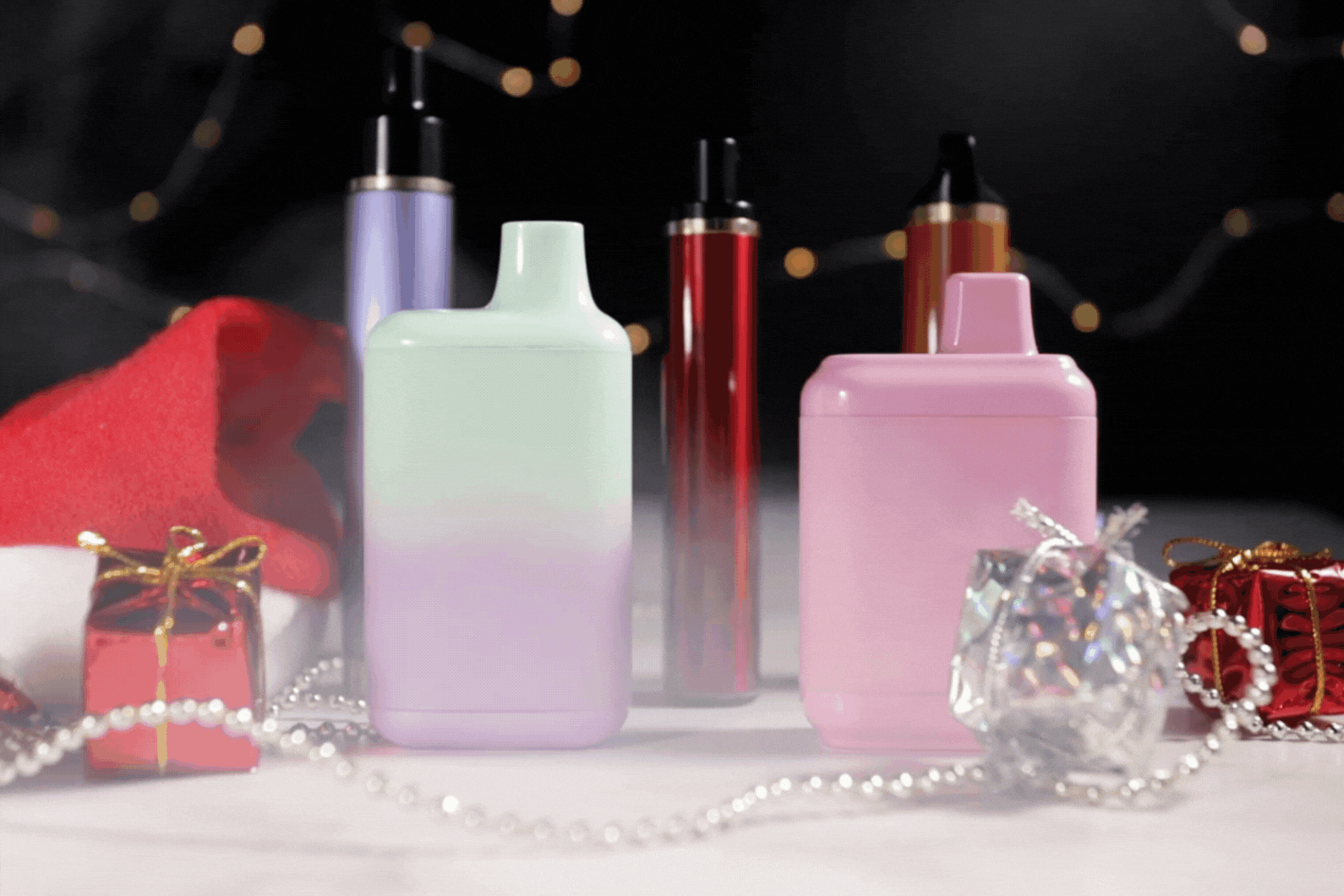

For the latest on ecommerce tips and best practices.
10 Affordable Ways To Increase Ecommerce Sales
.png)
“You have to spend money to make money.”
How many times have you heard that? There’s a reason the saying is so common—it’s often true. Take your ecommerce business, for example. When you invest in paid ads, new software, or employee salaries, you’re spending money in order to (hopefully) make more money.
Of course, these types of investments are essential for long-term growth. But you can also make money without spending much at all. By making simple changes to your marketing strategy and website experience, you can sell more products without breaking the bank.
This article includes ten affordable tactics for increasing ecommerce sales. Let’s go into the what, why, and how of each strategy.
1. Offer Package Protection at Checkout
When site visitors know they can trust your brand and website, they’ll feel more comfortable making a purchase. Norton Shopping Guarantee with Package Protection by EasyPost, available for Shopify merchants, helps boost conversion rates by an average of 7%. How does it do it?
- Trustmarks on key pages, including product pages and checkout, help buyers feel confident making a purchase.
- A $1,000 shopping guarantee, $100 lowest price guarantee, and $10,000 identity protection guarantee help seal the deal.
- With optional shipping insurance at checkout, buyers can ensure their products are protected in case of damage, loss, or theft.
Download the app on Shopify to get started - it’s free for merchants!
2. Build an Email (or SMS) List
What: Collect the email addresses or phone numbers of people interested in your products. Then, send personalized emails or texts to promote your brand and showcase new or best selling items.
Why: Building an email or SMS list provides you with a direct line of communication to potential customers who have already shown interest in your store. By nurturing this list, you can keep your audience engaged, build trust, and ultimately drive sales.
How: Half the battle is convincing customers to sign up for your list, but then you need to make it worth their while.
- Optimize signup forms. First things first: giving people a way to sign up for your messages. Try placing strategically designed signup forms on your site, especially on high-traffic pages like the homepage or product pages. Keep the form simple and don’t ask for too much information.
- Offer an incentive. Optimized signup forms not getting enough bites? Encourage people to subscribe by offering a discount. For example, you might provide 10% off their next purchase in exchange for their email address.
- Segment your list. Personalization makes a huge difference to online shoppers, who are often bombarded by repetitive ads and similar products. To send targeted offers and personalized messages, segment your list based on customer behavior, preferences, or demographics.
- Create compelling content. Keep customers engaged with newsletters, product updates, or exclusive offers. Make sure the content is relevant and provides real value.
With consistent communication, you’ll keep your brand top of mind for potential customers until they’re ready to make a purchase.
3. Use Scarcity To Prompt Action
What: Create a sense of urgency for your products or promotions, motivating potential customers to make quicker purchasing decisions.
Why: Let’s be honest—FOMO (fear of missing out) is real. Limited availability has a psychological impact, encouraging people to act fast to avoid missing out on a great opportunity.
How: Experiment with different scarcity messaging on your site to see what works best.
- Use limited-time offers. Time-sensitive promotions can help a cautious buyer take the plunge and make a purchase.
- Display low stock alerts. When consumers see a product is low in stock, they realize it’s in high demand and are incentivized to buy it before inventory runs out.
- Add a countdown timer to your site. Nothing motivates like a ticking clock! For sitewide sales or promotion, include a countdown banner on your website to foster a sense of urgency.
When using scarcity tactics, remember to maintain a balance: you want people to feel a sense of urgency, but you don’t want to pressure them into making an impulsive purchase they’ll later regret (and return).
4. Build Trust With Social Proof
What: Customer reviews, testimonials, and user-generated content help demonstrate the positive experiences and satisfaction of previous customers.
Why: Social proof goes beyond traditional advertising, fostering a sense of trust that influences purchasing decisions.
How: Display reviews prominently, ask customers to leave a review, and encourage user-generated content on social media.
- Display customer reviews. Feature customer reviews prominently on your website—including on product pages—and marketing materials to provide immediate validation.
- Ask for reviews. After someone makes a purchase, send a message asking them to leave a review of their new product. Include a link directly to the product page.
- Encourage user-generated content. Many shoppers research products on social media before trying a new brand. To showcase authentic interactions with your products, encourage customers to share their experiences through photos or videos.
Social proof builds a positive reputation for your brand, instills confidence in potential customers, and ultimately contributes to increased sales.
5. Upsell and Cross-Sell
What: Upselling and cross-selling are sales techniques that can help increase the value of a customer's purchase. When you upsell, you encourage the customer to buy a more expensive version of a product they’re already considering. When you cross-sell, you suggest additional products or accessories related to their purchase.
Why: Upselling and cross-selling are great ways to reach customers who already have an intent to buy. In addition to increasing the average transaction value, these techniques contribute to customer satisfaction and loyalty.
How: Make a few simple changes to your website to upsell and cross-sell to current customers.
- Place products strategically. Display related or upgraded products prominently on product pages or during the checkout process to catch the customer's attention at the right moment.
- Create bundle offers. Bundles are a great way to convince customers to buy more items at once. Simply combine a main product with related items, offering a discount for purchasing them together.
- Offer personalized recommendations. Use customer data and purchase history to provide personalized recommendations.
Remember, don’t just try to sell people something they don’t need—use data to recommend products they’ll love!
6. Optimize the Checkout Experience
What: Customers don’t want to jump through hoops to make a purchase. By making the checkout process quick and simple, you’ll reduce friction and get more sales.
Why: A complicated or lengthy checkout process can lead to cart abandonment, as shoppers may become frustrated or lose interest.
How: Optimizing the checkout experience involves simplifying forms, providing multiple payment options, and clearly displaying shipping costs.
- Use fewer checkout forms. Minimize the number of required form fields and use auto-fill features to make the process quick and easy.
- Offer a guest checkout option. Allow users to check out as guests without creating an account to reduce friction for first-time customers.
- Include several payment options. People have different preferences about how to pay when shopping online. Offer a variety of payment methods, including credit/debit cards, digital wallets, and other online payment options.
- Display progress indicators. People might feel anxious if the checkout process isn’t transparent. Clearly indicate the steps of the process with a progress indicator.
Optimizing the checkout process will remove barriers to purchase, improve customer satisfaction, and create an overall positive impression.
7. Optimize the Mobile Experience
What: Mobile optimization makes your site user-friendly for the people accessing it from mobile devices.
Why: Seventy-six percent of U.S. adults say they buy things online using a smartphone, and 32% buy things from their phone at least weekly. When your website is accessible and functional on various screen sizes, mobile users have a better experience and are more likely to make a purchase.
How: When designing your site, make sure it looks and works great on both desktop and mobile.
- Design for mobile. Make sure your website is responsive and optimized for mobile devices, with easy navigation, readable text, and accessible buttons.
- Ensure fast loading times. Optimize images and minimize unnecessary elements to ensure fast loading times, especially on mobile devices where users may have slower internet connections.
As time goes on, more and more people will use their smartphones for online shopping. To take advantage of this audience, don’t neglect the mobile experience.
8. Run Promotions
What: A promotion is a temporary discount that drives interest in a specific product. A promotion's purpose is threefold: it helps attract new customers, reactivate dormant ones, and reward loyal ones.
Why: Promotions leverage the psychological principle of perceived value, making customers feel like they are getting a special deal or saving money.
How: Some of the most popular types of promotions include percentage and flat discounts, BOGO, and free shipping.
- Percentage discount. Offer a percentage off the product’s price. Depending on the product, you might offer 10, 20, or even 50% off. You could also try a sitewide sale with a smaller discount, like 5% off.
- Flat discount. If you sell high-value products, try offering a flat rate discount like $50 off.
- BOGO. You can go two routes with BOGO: Buy one, get one free, or buy one, get one half off. This promotion is a good way to clear out excess industry that’s not moving quickly enough.
- Free shipping. Implement a free shipping threshold to encourage large purchases.
In addition to increasing sales from site visitors, promotions can also help create buzz around your brand to attract new customers.
9. A/B Test Your Website
What: A/B testing, or split testing, involves comparing two versions of a webpage to see which performs better.
Why: A/B testing presents two variations (A and B) of a webpage to different segments of your audience. By measuring user interactions, you can identify which converts better. This allows you to make informed decisions about design elements, copy, or features that resonate more effectively with your audience.
How:
- Test one variable at a time. Changing too many things at once skews your results—how will you know which change resulted in increased conversions? To determine the impact of specific changes, focus on testing one variable at a time: a headline, call-to-action button, image, or page layout.
- Randomize test groups. To make sure you get a representative and unbiased sample, randomly assign visitors to either version A or B.
- Monitor user behavior. Use analytics tools to monitor user behavior during the A/B test. Track metrics like click-through rates, conversion rates, and bounce rates to see which variation is most successful.
- Keep testing! Based on the results, implement the changes from the winning variation. But don’t stop there—continue to iterate and refine.
By systematically A/B testing different elements of your website, you can uncover insights that lead to increased engagement and, ultimately, higher sales.
10. Create Video Product Demos
What: Video product demos showcase your products and educate potential customers.
Why: Videos let customers see a product from every angle, getting a better idea of what it looks like and does.
How:
- Keep videos concise. Most people’s attention spans are pretty limited, so keep your video demos concise—between 60 and 90 seconds.
- Highlight unique selling points. What sets your product apart from the competition? Emphasize those unique selling points and show how your product addresses specific customer needs.
- Tell a compelling story. Craft a narrative around your product by explaining how it solves a problem or enhances the user's life. Storytelling creates an emotional connection, making your product more memorable.
- Don’t forget distribution. Share your video demos on multiple platforms, including your website, social media channels, and product pages.
Going the extra mile to create product demo videos will help you reach people who need a visual before buying something. This project has the potential to be high-budget, but you can shoot simple videos for social media for free. In fact, videos that feel a bit off-the-cuff are often more relatable and entertaining.
Get Out There and Make Some Sales!
Are you convinced that increasing ecommerce sales doesn’t have to cost an arm and a leg? Good. Choose a couple strategies, put them into practice, and see what happens. As you combine paid marketing strategies with low-budget ones, you’ll reach shoppers from multiple channels and boost your store’s success. Get started with this free strategy first, and build on it with the steps you're intrigued by/
Stay in the know
Subscribe to the Norton Shopping Guarantee blog and receive the latest in ecommerce best practices.

-1.png)
.png)
